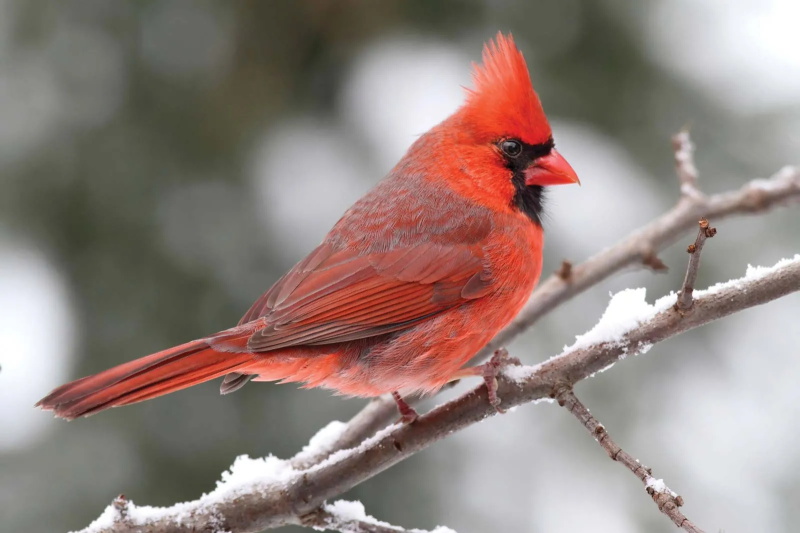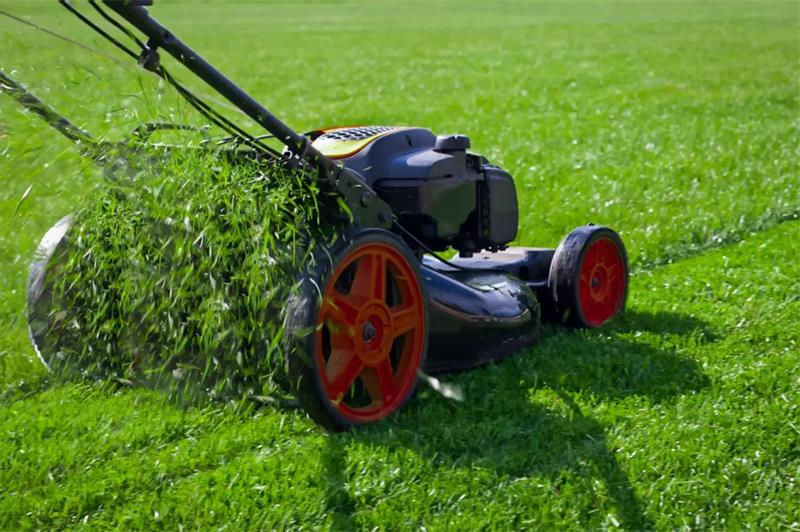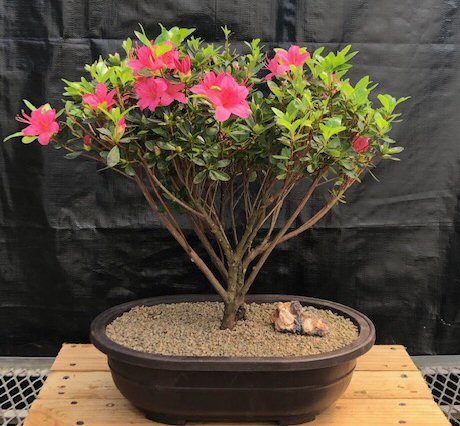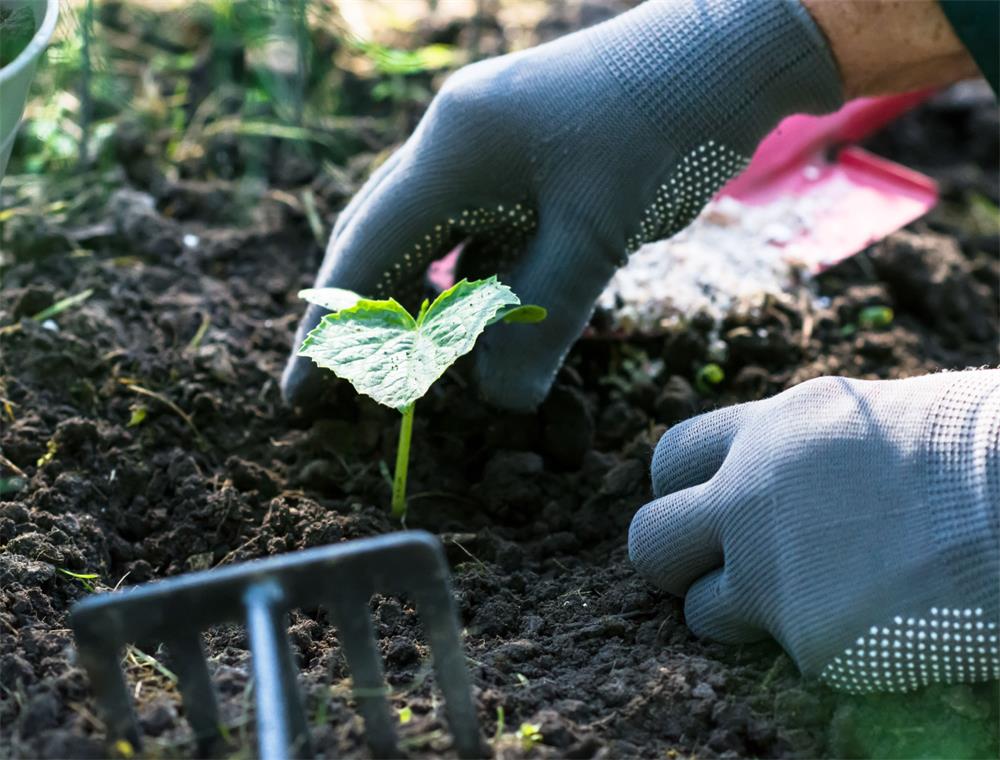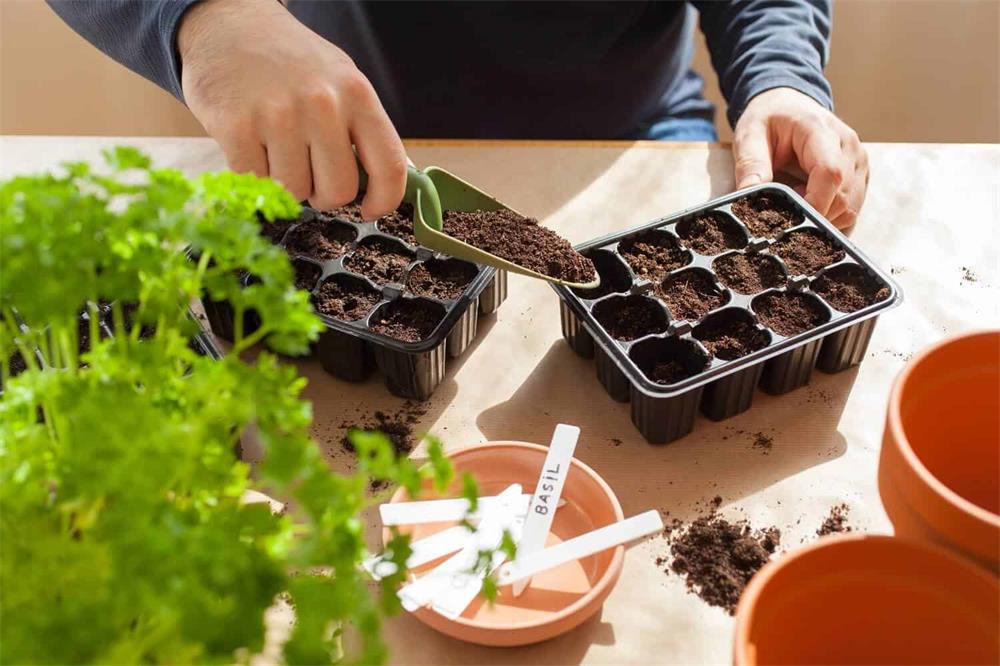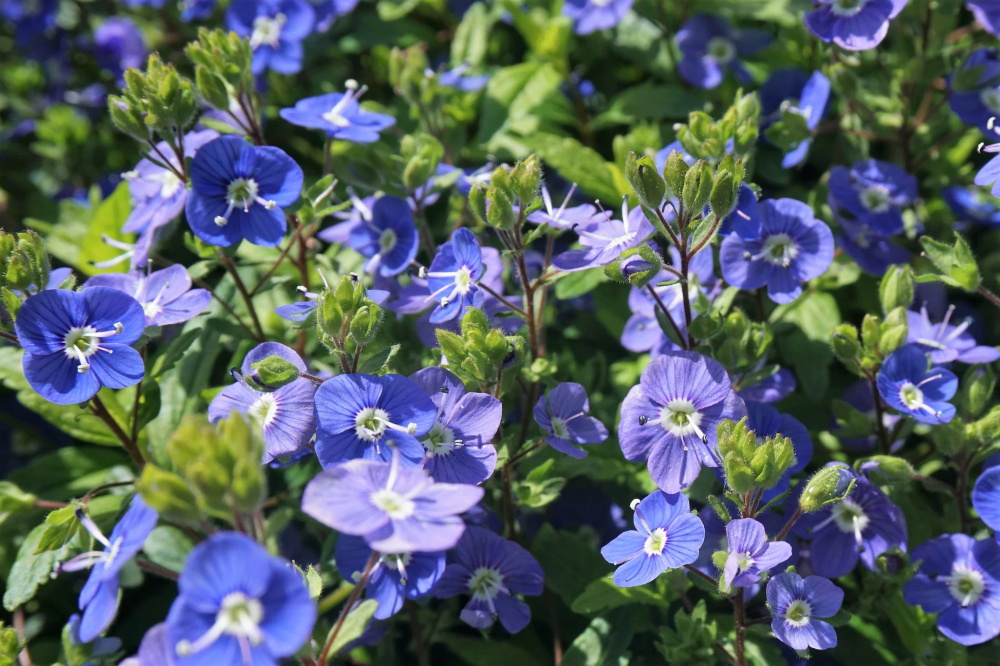
Creeping Speedwell (Veronica Filiformis) is a perennial ground cover plant that produces delicate flowers in shades of pink, blue, or purple. It is native to Europe and Asia and can grow up to 5 inches tall and 30 inches wide. Creeping speedwell is also known as slender speedwell, threads talk speedwell, or creeping veronica.
Creeping speedwell is a low-maintenance plant that can thrive in various soil types and light conditions. It can also tolerate some drought, foot traffic, deer, and rabbits. However, it can also be invasive in some areas, so be careful where you plant it and how you control its spread.
Creeping speedwell belongs to the plantain family (Plantaginaceae) and has several related species that share similar characteristics. Some of the most popular varieties of creeping speedwell are:
- Veronica Filiformis: This is the most common type of creeping speedwell that has blue-violet flowers and scalloped leaves. It spreads by stolons and roots at the nodes. It prefers moist, loamy soil and partial shade.
- Veronica Repens: This is a dwarf variety of creeping speedwell that has white flowers and tiny leaves. It forms a dense mat and can grow in full sun or shade. It likes well-drained soil and moderate moisture.
- Veronica Austriaca: This is a taller variety of creeping speedwell that has blue flowers and oval leaves. It grows up to 12 inches tall and can be used as a border or edging plant. It likes full sun and moist soil.
- Veronica Montana: This is a woodland variety of creeping speedwell that has pale blue flowers and heart-shaped leaves. It grows up to 8 inches tall and can be used as a ground cover or underplanting for shrubs. It likes partial shade and moist soil.
If you want to grow creeping speedwell in your garden, here are some tips to follow:
- Choose a suitable location. Creeping speedwell can grow in full sun or partial shade, but it prefers some afternoon shade in hot climates. It also likes moist but well-drained soil with a neutral pH level. You can amend the soil with organic matter such as compost or peat moss to improve its drainage and fertility.
- Sow the seeds or plant the cuttings. You can start creeping speedwell from seeds or cuttings. If you choose seeds, sow them lightly on the surface of a seed starting mix and press them gently into the soil. Keep the soil moist and provide bright indirect light until the seeds germinate in 1-2 weeks. If you choose cuttings, take 3-4 inch long stem tips from healthy plants and remove the lower leaves. Insert the cuttings into moist potting soil and keep them in a warm and bright place until they root.
- Transplant the seedlings or cuttings outdoors. When the seedlings or cuttings are ready, transplant them outdoors after the last frost date in your area. Space them 10-12 inches apart and water them well. You can also apply a balanced fertilizer at half-strength to give them a boost.
- Care for your creeping speedwell plants. Creeping Speedwell is easy to care for once established. Water it regularly during the first year, then reduce watering as it becomes drought-tolerant. You can also mulch around the plants to conserve moisture and suppress weeds. Prune back any dead or damaged stems and remove any unwanted runners to prevent it from invading other areas.
- Enjoy the flowers and foliage. Creeping speedwell will bloom from spring to summer, producing small but showy flowers that attract bees and butterflies. The foliage is evergreen in warm climates and turns bronze in winter. You can use creeping speedwell as a ground cover, edging, border, rock garden accent, or container plant.



